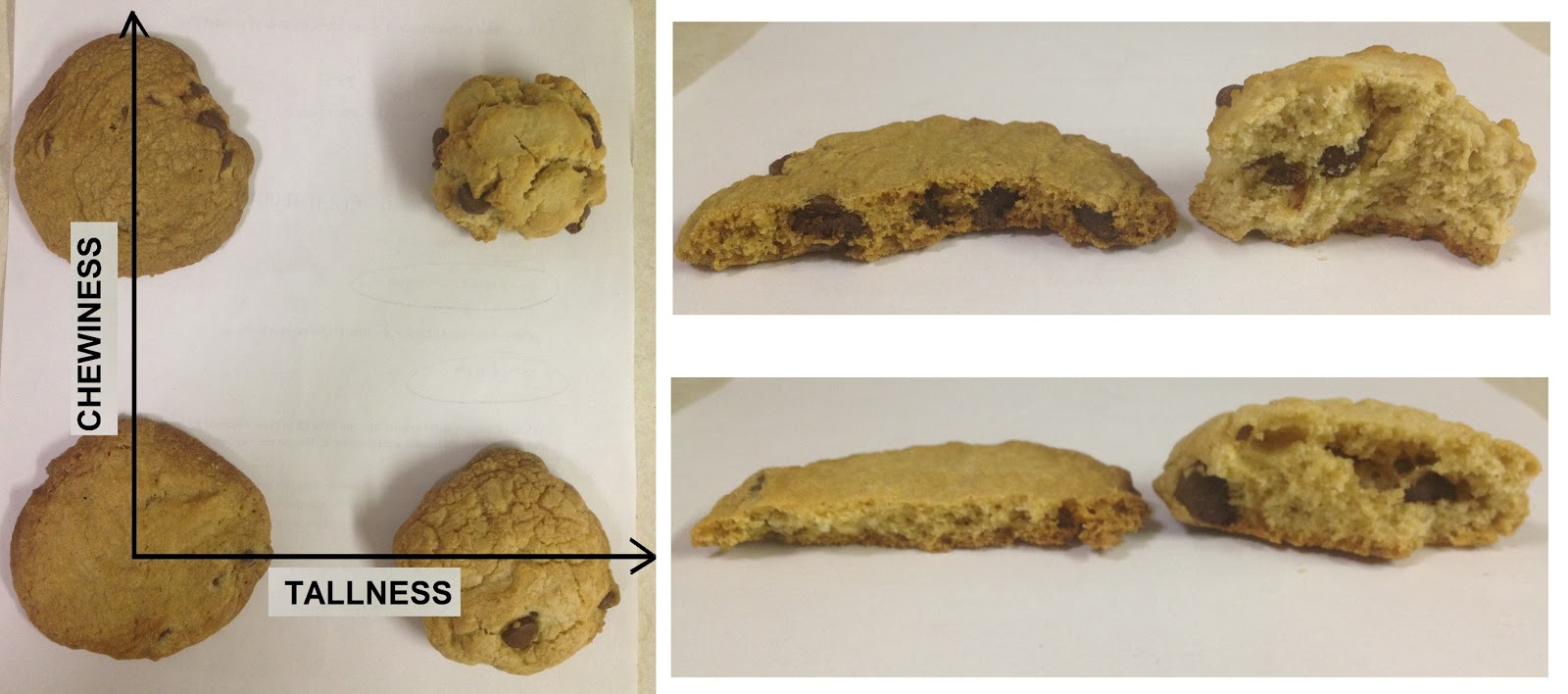| Mushroom and leek pot pie with roasted red pepper sauce, goat cheese, and fried thyme |
For one of these dishes, I chose one that could incorporate some of what I believe to be the best and richest vegetarian dish components: puff pastry, mushrooms (all sorts, truffles included), goat cheese, and eggs. Out of the many many iterations of puff pastry-based dishes (strudels, wellingtons, tarts...), I decided to go with pot pies, which seemed to fit the rusticity that goes with the spirit of Thanksgiving.
The great thing about pot pies, besides the flavors of the filling, rich gravy, and buttery pastry, is that they can be prepared well in advance of the intended meal. In these pictures, I had actually pre-cooked my mushrooms, leeks (green onions), and gravy about 2 days before I actually made the pot pie. For my non-vegetarian friendly version, I mixed in some leftover rabbit that I had braised in beer, soy sauce, and sugar (leftover meats of really any kind go great into pot pies) to make an equally great rabbit, mushroom and leek pot pie. After preparing all your components in advance, all that's left to do is make a simple puff pastry (modified slightly from Alton Brown) and whatever accompaniments you'd like (see my recipe pages to the right for more detail).
As you hopefully noticed, the presentation of the dish is a bit better than usual. This is due in part to my recent experience at this year's Masterchef auditions. I went to the open casting call in NY, and brought materials to assemble the steamed bun trio and the beer pastry cream cronut AKA "bronut". After hours of waiting in line, doing some filming in Times Square for a TV promo, and some more waiting in lines, I finally reached a room with some 20-30 other hopefuls presenting dishes to one or two judges. My presentation was markedly worse than all the competitors in the room, but I was lucky enough to be selected to move on past the first round. However, past that point the judges were only interested in personality, and I got beat out by some girl who had 20 pet chickens. Ah well, I have a whole year to learn how to be bizarro enough for TV. Below is a T-shirt I made specifically for the audition, but some of my friends liked the design and wanted ones too, so I set up a cafepress storefront. Check it out if you want your own (alternatively, wait for a sale & just search "haters etc etc" on the cafepress main site)!
 | |
|


































